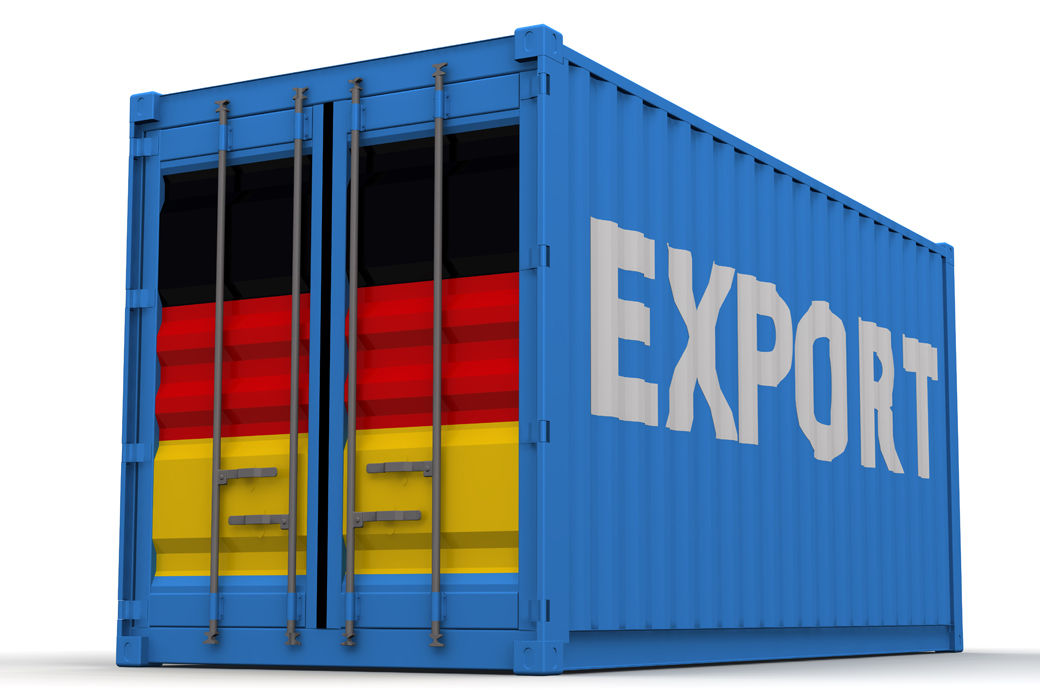
“While these regions show signs of progress, the critical European economies, integral to Germany's export industry, continue to grapple with challenges. However, there's a ray of hope here too, as the corresponding index indicates a softening of the downturn for the first time in seven months,” HCOB chief economist Cyrus de la Rubia said in a S&P Global Ratings release.
The order situation continues its decline across vital export sectors, casting a shadow over key areas.
November data indicated a shallower downturn in German export conditions than in the previous month. At 48.7, the headline seasonally adjusted HCOB Germany manufacturing purchasing managers’ index (PMI) export conditions index picked up from October's 11-month low of 47.6 and was the highest since July.
However, the index has now registered below the neutral 50 value for six consecutive months, largely due to a sustained weakness across European export markets.
"Emerging markets, a weight on the shoulders of the German export industry for five months in a row up to October, have now crossed the 50-point threshold. However, this doesn't imply an immediate transformation of the emerging world into a locomotive for Germany. While we anticipate global economic growth across all sectors to slow down next year, the manufacturing sector is according to our forecast poised to emerge from its recession, injecting positive momentum into the German export industry," he noted.
Europe remained the only major global region to signal a reduction in private sector output in November, with the respective trade-weighted export conditions index registering 46.9, up slightly from 45.3 in October.
The latest HCOB composite PMI surveys for France, Italy and Spain all pointed to reduced economic activity in November, although the euro area as a whole saw the least marked decline in output for four months. Greece and Ireland recorded the fastest rates of growth.
On a trade-weighted basis, export conditions improved across both Asia (index at 51.4) and North America (50.3) during November. Business activity growth in Asia was the fastest for three months, supported by a modest rebound in China and continued economic expansion among the ASEAN nations.
Singapore saw the fastest rise in business activity since October 2022. Although only a small component of the German export conditions index, as a highly export-intensive economy and major hub for international supply chains, this improvement is a positive signal for the global trade outlook.
Another month of modest US economic growth also acted as a tailwind for exporters, although momentum has weakened since this summer.
German manufacturers often commented on subdued export sales due to overstocked customers, following a build-up of inventories during the pandemic.
Tighter inventory policies remain a cyclical headwind as goods producers run down their safety stocks and focus on working capital efficiency.
The HCOB Germany manufacturing PMI pointed to the slowest decline in new orders from abroad since April, which added to signs of a turnaround in overseas demand conditions.
However, the downturn in manufacturing export orders during November remained much faster than the global benchmark, with only Austria and France recording faster rates of contraction.
ALCHEMPro News Desk (DS)
Receive daily prices and market insights straight to your inbox. Subscribe to AlchemPro Weekly!